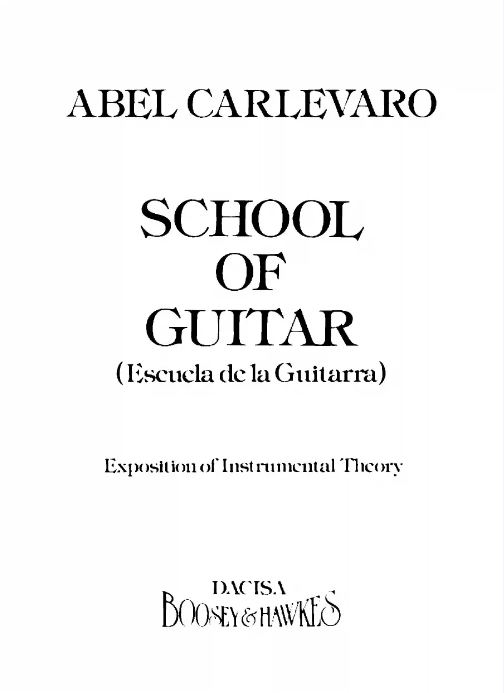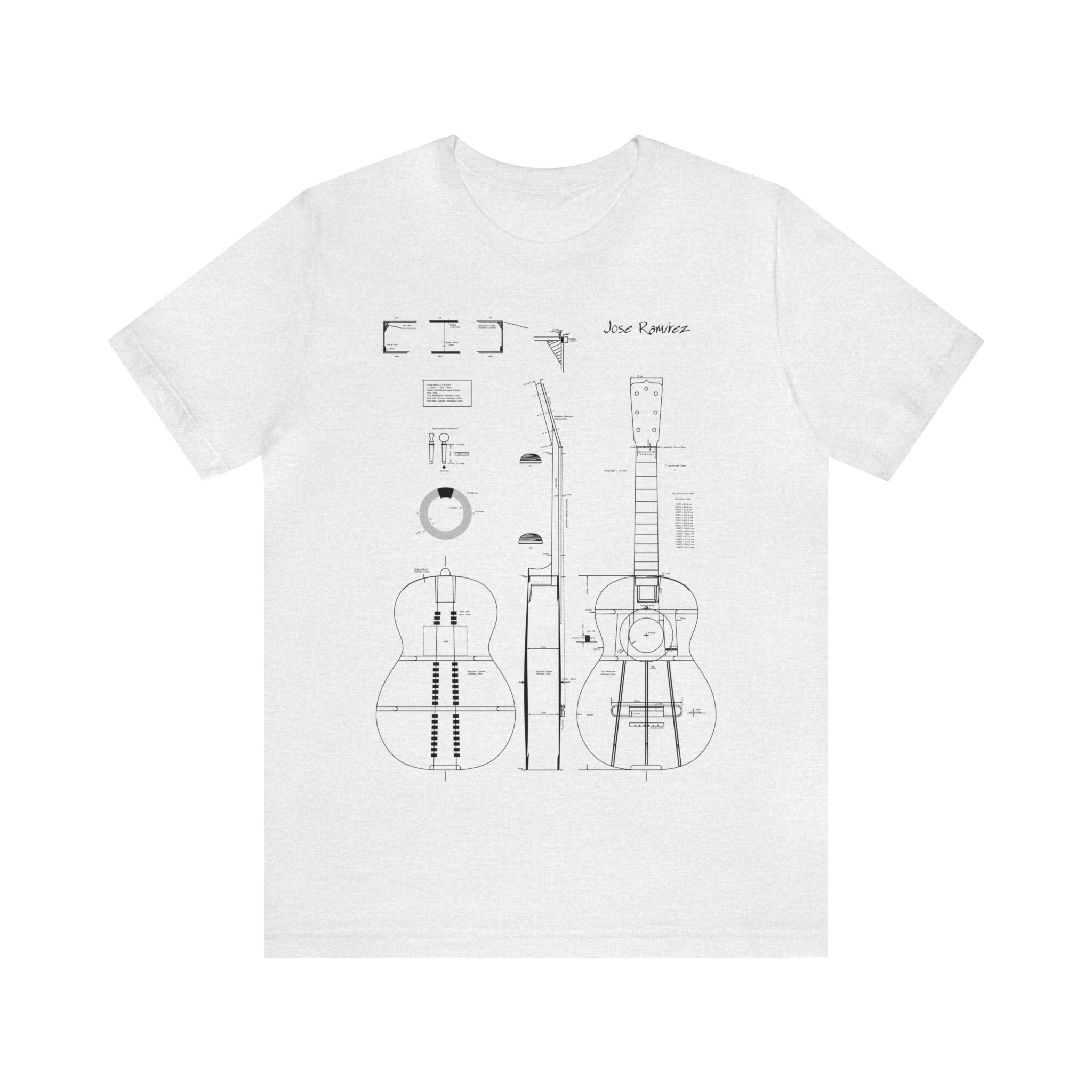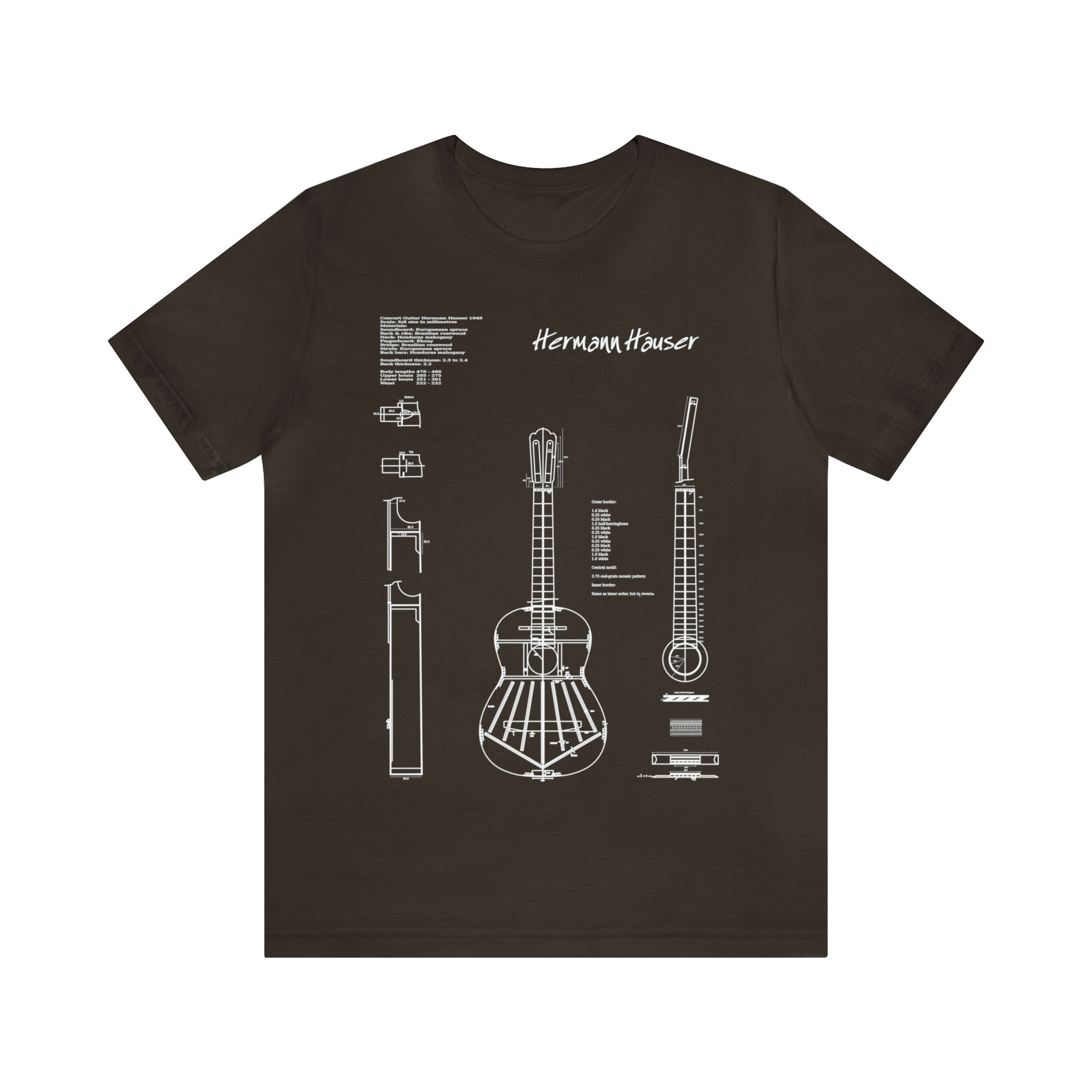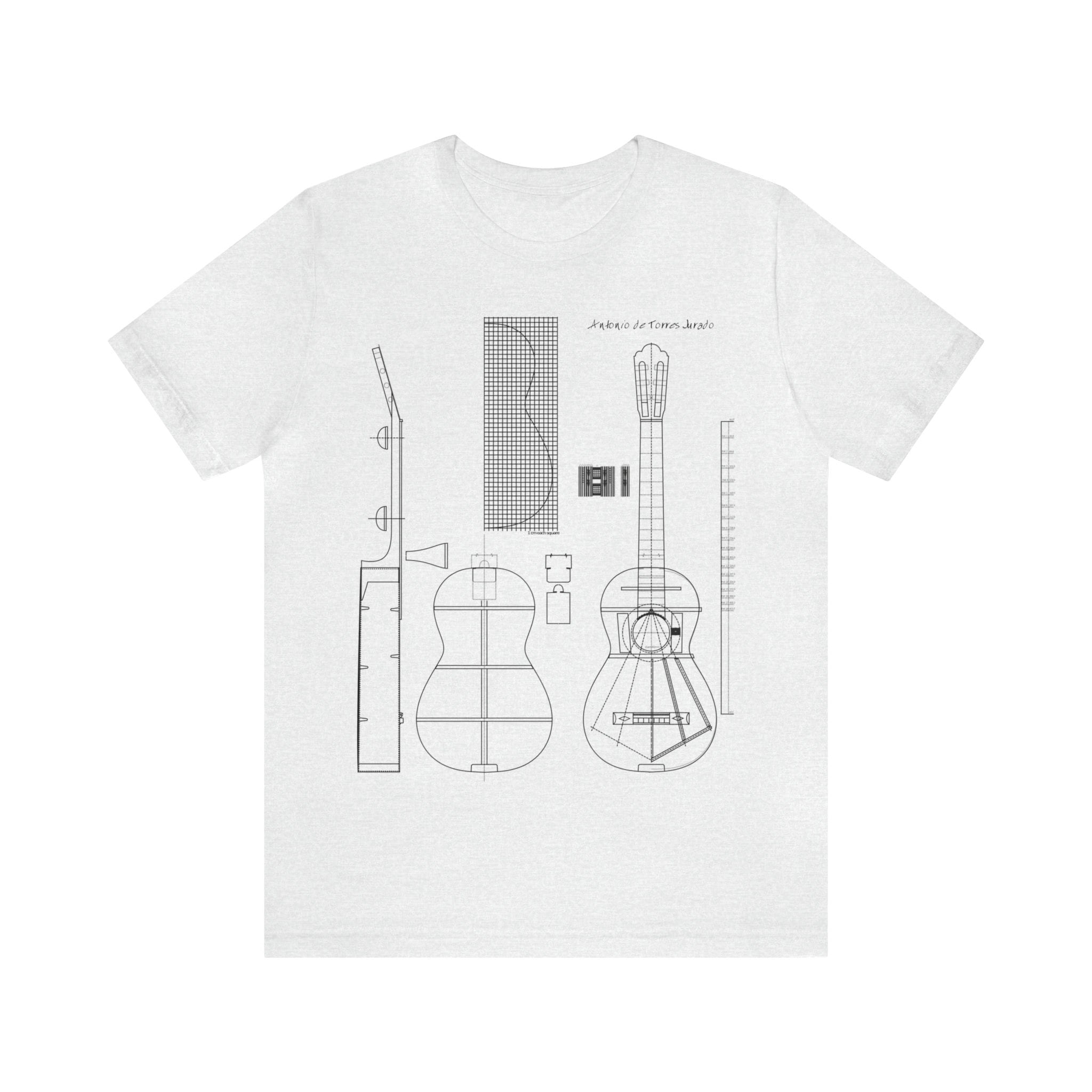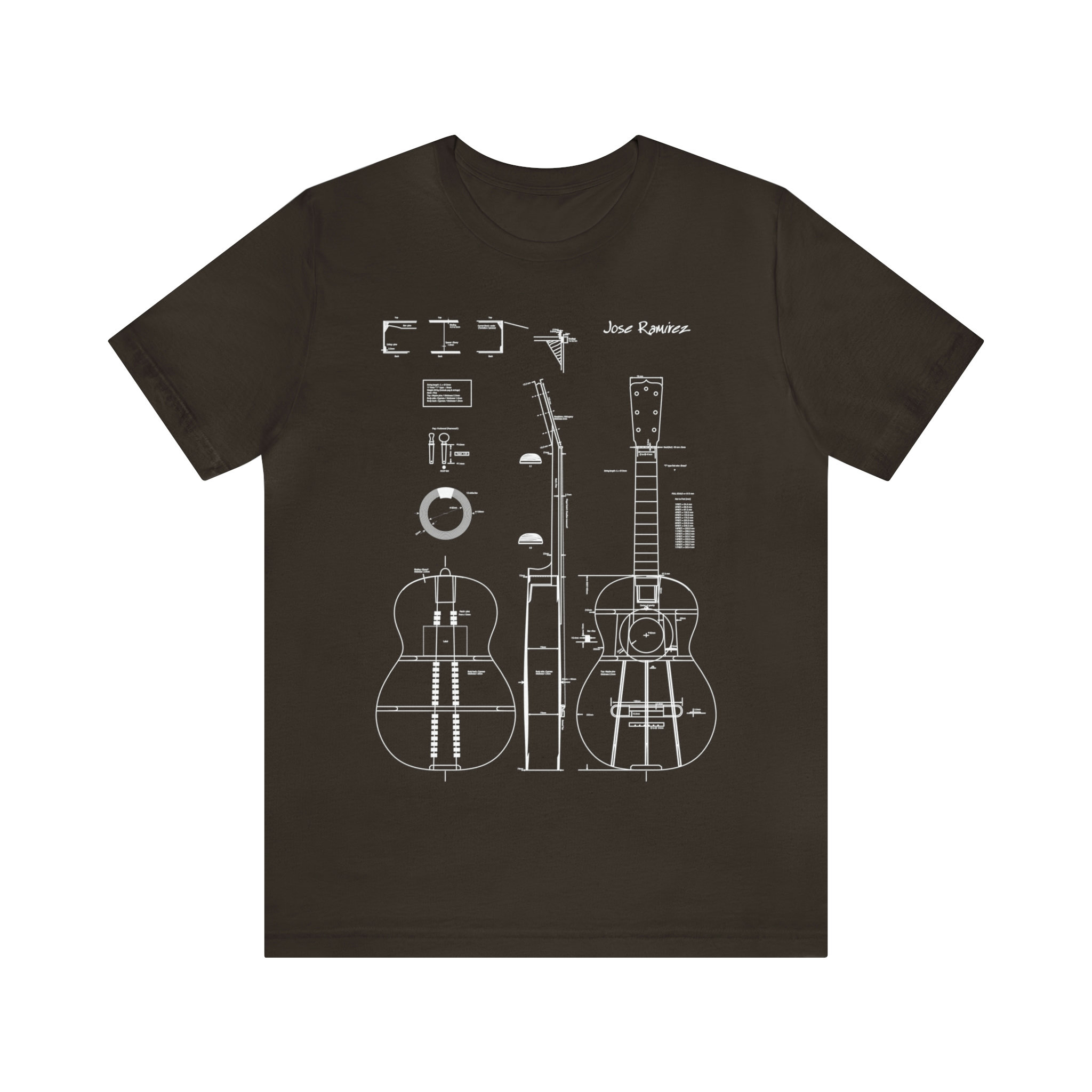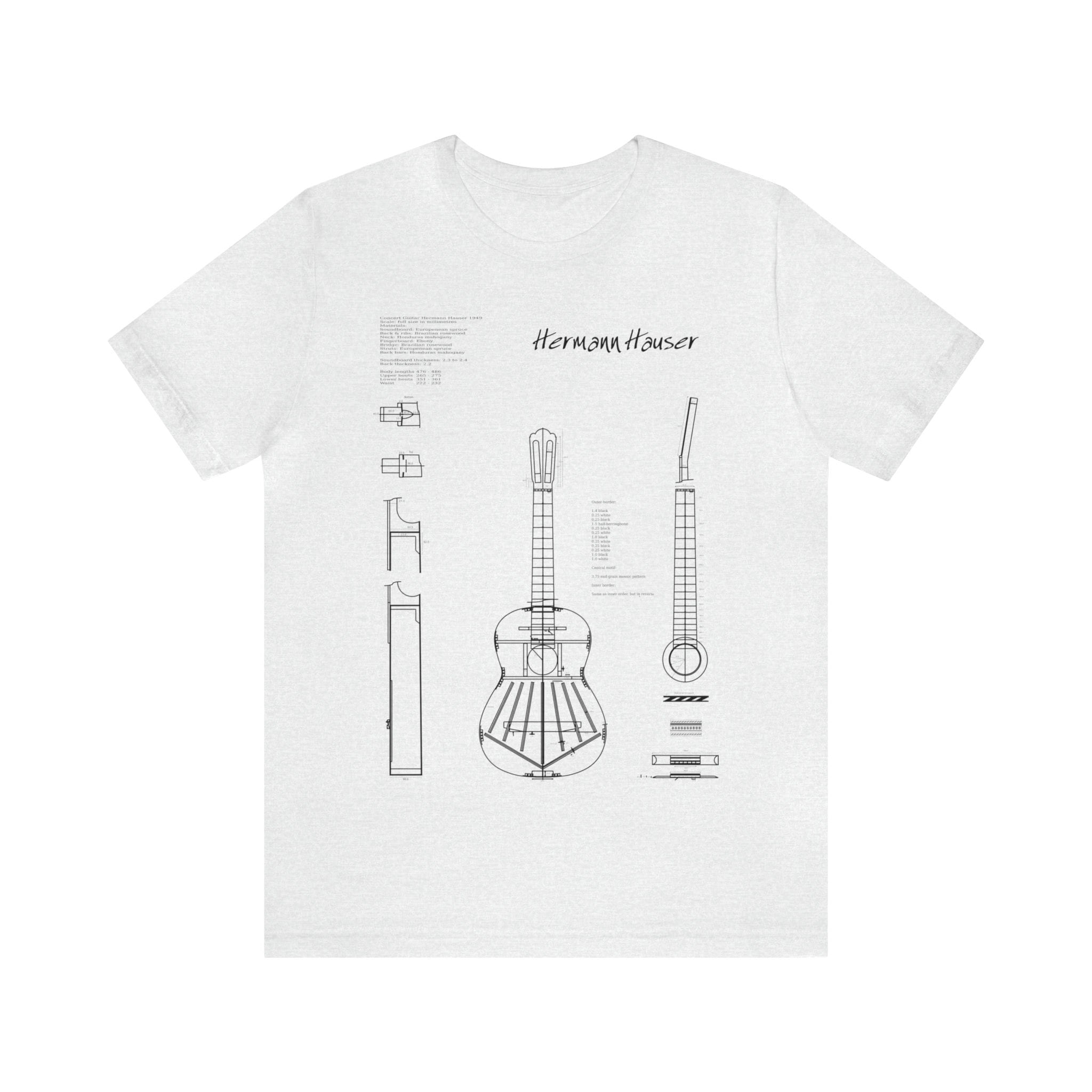In 1979, Abel Carlevaro edited “The Guitar School”, an exposition of instrumental theory. This publication is the theoretical complement to his four technique notebooks, edited separately. Here, one finds the basis of his reflection. Here is his summary in a few points, accompanied by some quotes from the author:
- GUITAR SETUP AND BODY POSITION WITH THE HELP OF THE FOOTREST
The guitar adapts to the body, and not vice versa. The guitar is stable in service of freedom and flexibility of movements. Carlevaro emphasizes a strictly identical unit for both men and women.
- RIGHT HAND PLACEMENT
The Uruguayan guitarist analyzes the point of support and the placement of the hand and fingers to allow a perpendicular attack on the strings. The index, middle, and ring fingers adopt a resting attitude, without any tension. In this way, the fingers can be used to serve the following three parameters: intensity, tone, and rhythmic precision.
- THE INTEGRAL FORMATION OF THE GUITARIST
“Technique at the service of art. [… ] Two problems arise for the performer: one concerns the purely mechanical aspect of a musical work, the other the way in which one must express this work. But it is through this latter aspect that one should always begin. From the very first moment, one must enter the domain of art, for how can we begin to work on a piece if we do not know what we need to express? [… ] Art belongs to the spiritual domain; technique is related to reason. From the fusion of these two elements will emerge the artistic manifestation, a true symbiosis created by man.”
- THE RIGHT HAND
“It is the right hand (with rare exceptions) that generates the sound.” Carlevaro presents the work of each finger, in isolation but also in its overall aspect, while specifying certain principles: “First, we must consciously develop a functional ability of the hand in relation to strength and velocity, in order to then access mastery of the attack form. Since the sound must be intimately linked to the musical idea, it cannot be a rigid and unchanging thing. That is why we must use different types of attack to obtain the desired sonority. To obtain a sonority that obeys the finest nuances, an auditory education is absolutely necessary, which precisely arises from the need to listen to oneself. Therefore, in addition to technical mastery, constant and attentive work on one’s listening education is necessary. The details, which are as numerous as the notes of the music to be performed, will fully come to life when they are incorporated into the work itself, as so many consciously studied elements.” This is followed by the study of the thumb, then the index, the major, and the ring finger with differences in play depending on the different finger and hand joint fixations. Finally, he highlights the difference between the grouped action of the fingers and the individualization of the voices based on the needs of the music.
- THE LEFT HAND
“The left hand must start with the arm’s action. Far from working in isolation, the fingers work as a unit with the hand and arm […]. It is absolutely necessary to avoid uncontrolled and excessive efforts. When a finger stops its action, it should stop all effort. Carlevaro emphasizes the neutral attitude of the thumb and concludes with a study of the longitudinal movements of the hand and changes in position, through close cooperation between the wrist and arm.”
“The book continues with precise explanations of the work proposed in its four technique notebooks. It ends with a final chapter where he applies his principles to several musical examples. All the points presented by Carlevaro are coherent and serve as a basis for reflection and work for the performer, but each performer has their own solutions, the result of a maturation and appropriation process adapted to their own ideas and anatomy. This is what makes the instrument so rich and the work of the performer so diverse.
Finally, I would like to quote one of his favorite sayings for guitar playing, which is also mine: “Maximum results with minimum effort,” which should guide all technical, didactic, or personal reflection in order to aim for economy and control of energy in effort, in order to concentrate it to the maximum in service of the music, allowing the guitar to serve as a “pure expression.”
Classical Guitar
